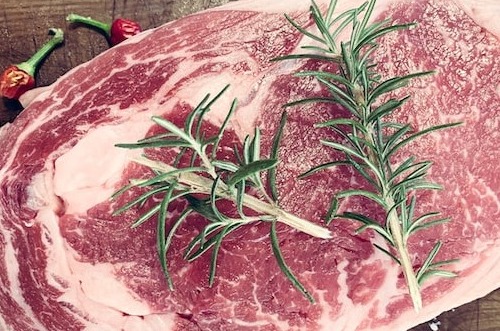W33: Beef Update

In W33 in the beef landscape, Argentina's beef price held a 27% premium over other Mercosur countries' averages, with the maximum price gap widening to 11%. The Argentine heavy and traced steer price stood at USD 4.33 per kilogram (kg) in W33, an increase of 7% week-on-week (WoW). The rise is due to reduced supplies ahead of primary elections and forex market fluctuations. This uptrend has persisted for seven weeks, amounting to a 31% increase within two months, translating to a 16% boost in United States (US) dollars.
Meanwhile, Uruguay's export-type steer price dropped by USD 0.03 to USD 3.65/kg as supply disparities among plants continued. Jul-23 exports from Uruguay reached 32 thousand metric tons (mt) carcass weight (cwt), a 14% year-on-year (YoY) decline, with lowered sales to China and Israel and increased sales to the US. Paraguay's European Union (EU)-compliant steer price rose by USD 0.05 to USD 3.55/kg, surpassing Brazil's price for the third consecutive week. Meanwhile, Brazil's fat steer price fell by USD 0.15 to USD 3.29/kg, influenced by domestic price decreases and the Brazilian real depreciation.
The Argentine Rural Society (SRA) reports a sharp increase of 46% in bovine mortality rates in 2023 in Argentina due to drought. The drought's effects are forecasted to reduce 1.3 million to 1.6 million calves at weaning in 2024. This is attributed to a sharp decline in pregnancy rates resulting from the animals' compromised body conditions. Additionally, calf weights were observed to be around 20 kg lower than usual due to inadequate nutrition caused by limited forage availability, heat stress, and water scarcity. This circumstance decreased slaughter weights by 10 kg/animal and prompted forced cow liquidations. SRA also estimates a loss of 38% of perennial and annual forage cultivation areas. SRA highlights that the cattle industry experienced a loss of almost USD 3 billion due to the drought's impact. This dire situation unfolds against the backdrop of a volatile macroeconomic environment, compounding the challenges faced by producers during the most severe drought in the last 70 years.
The Consortium of Argentine Meat Exporters (ABCR) indicates that Argentine bovine slaughter reached 1.28 million heads in Jul-23, a 2.3% month-on-month (MoM) decline. Consequently, Argentine meat production totaled 290.1 thousand mt, a 2.7% MoM reduction. ABCR expects this downward trend to persist in Aug-23. Nonetheless, Argentine bovine slaughter reached 8.61 million heads in the first seven months of 2023, a growth of 13.3% compared to the same period in 2022. Correspondingly, meat production increased from 1.76 million metric tons (mmt) to 1.95 mmt, a rise of 10.7% YoY. The average cwt stood at 225.4 kg in Jul-23, a drop of 0.35% MoM and 4.61% YoY.
Lastly, the Brazilian live cattle market experienced another decline in arroba prices in W33 amid a fragile landscape. The unfavorable export conditions hampered revenue due to domestic demand softening. Cattle ranchers showed little resistance to accelerated slaughter schedules, creating downward pressure on arroba prices. The wholesale market also grappled with the industry's fragility, witnessing price drops driven by weakened demand. Intense competition from chicken meat, a more cost-effective meat option, further contributed to this trend. Wholesale hind quarter prices dropped 3.92% WoW to USD 3.44/kg, while the front quarter experienced a 2.99% WoW decline, reaching USD 2.61/kg. Brazilian fresh, frozen, or chilled beef exports reached 83.34 thousand mt, valued at USD 375.62 million in the first nine working days of Aug-23. This indicates that the daily average shipment reached 9.26 thousand mt, valued at USD 41.74 million, an increase of 4.8% YoY in the average volume but a 23% YoY decrease in the average value.


